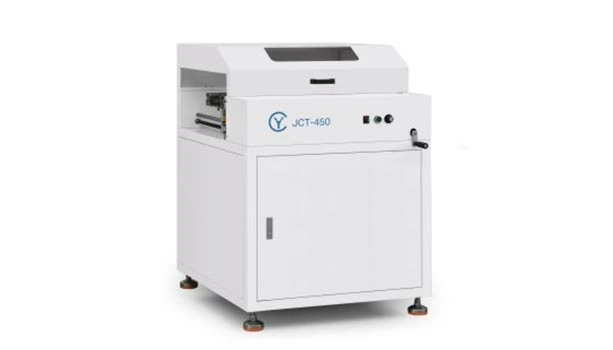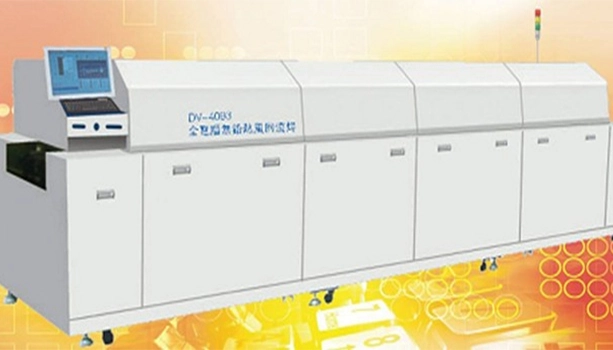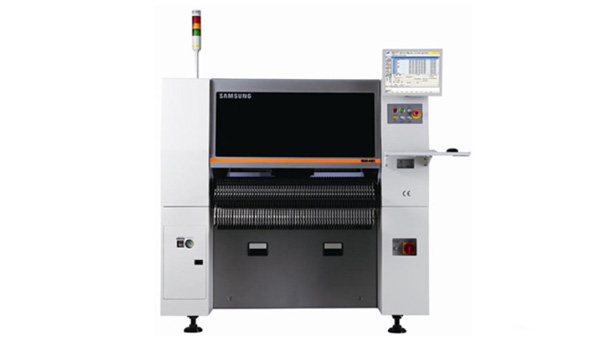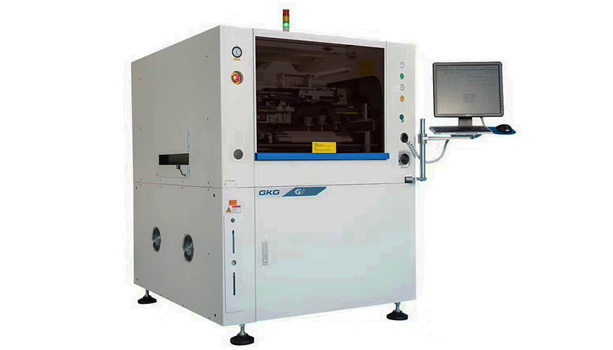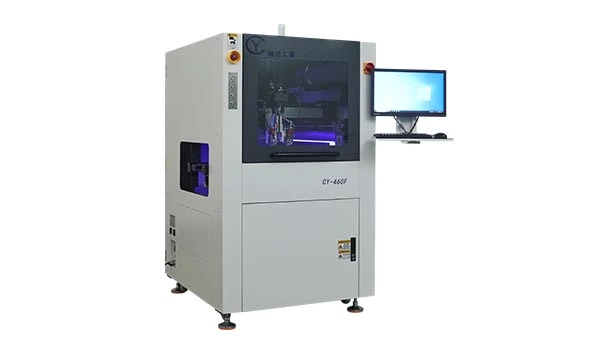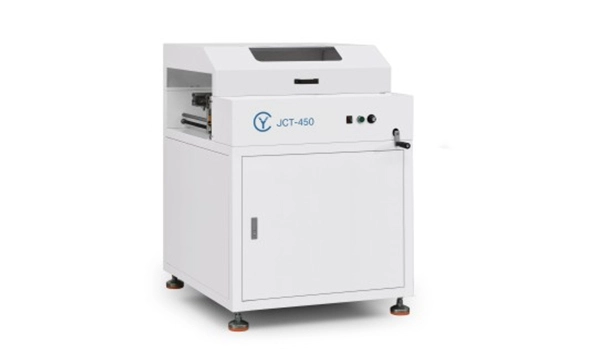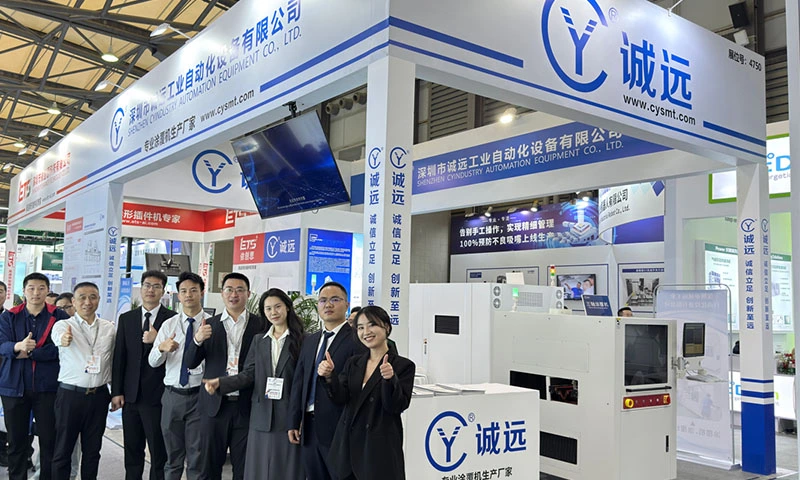Automated Conformal Coating and Dispensing
Automated conformal coating and dispensing are critical processes in electronics manufacturing, designed to apply protective materials (conformal coatings) onto printed circuit boards (PCBs) to safeguard components from environmental hazards such as moisture, dust, chemicals, and temperature fluctuations. These processes enhance product durability, electrical insulation, and reliability in harsh operating conditions.
Functions
1. Protection: Shields PCBs from corrosion, short circuits, and mechanical stress.
2. Insulation: Prevents electrical leakage and arcing in high-voltage applications.
3. Longevity: Extends the lifespan of electronic devices by mitigating environmental damage.
4. Performance Stability: Maintains functionality in extreme environments (e.g., automotive, aerospace).
Applications
- Automotive Electronics: Protects engine control units (ECUs) and sensors from humidity, fuel vapors, and vibrations.
- Aerospace and Defense: Ensures reliability of avionics and communication systems in fluctuating temperatures and high altitudes.
- Industrial Equipment: Guards control systems in factories against dust, chemicals, and moisture.
- Consumer Electronics: Waterproofs wearables, smartphones, and IoT devices.
- Medical Devices: Protects sensitive diagnostic and monitoring equipment from sterilization chemicals and bodily fluids.
Methods
Automated systems ensure precision and consistency, replacing manual operations. Key techniques include:
1. Selective Coating:
- Process: Robotic nozzles or spray valves apply coatings only to specific areas, avoiding heat sinks or connectors.
- Materials: Acrylics, silicones, or polyurethanes, chosen for flexibility, curing speed, and resistance properties.
- Tools: Programmable XYZ-axis robots with vision systems for alignment.
2. Automated Dispensing:
- Process: Uses precision dispensers (e.g., jetting, needle valves) to deposit dots, lines, or films of coating material.
- Applications: Ideal for complex geometries or components requiring localized protection.
- Materials: UV-curable or solvent-based coatings for rapid curing.
3. Dip Coating:
- Process: PCBs are dipped into coating tanks for full coverage, followed by draining and curing.
- Use Case: High-volume production of uniformly coated boards.
4. Curing:
- After application, coatings are cured via UV light, heat, or air drying, depending on material properties.
Advantages of Automation
- Consistency: Eliminates human error for uniform thickness and coverage.
- Efficiency: High-speed application reduces production time.
- Cost Savings: Minimizes material waste and rework.
- Scalability: Adaptable to high-volume or customized batches.
By integrating automated conformal coating and dispensing, manufacturers ensure compliance with industry standards (e.g., IPC-CC-830) while delivering robust, high-performance electronic products.


